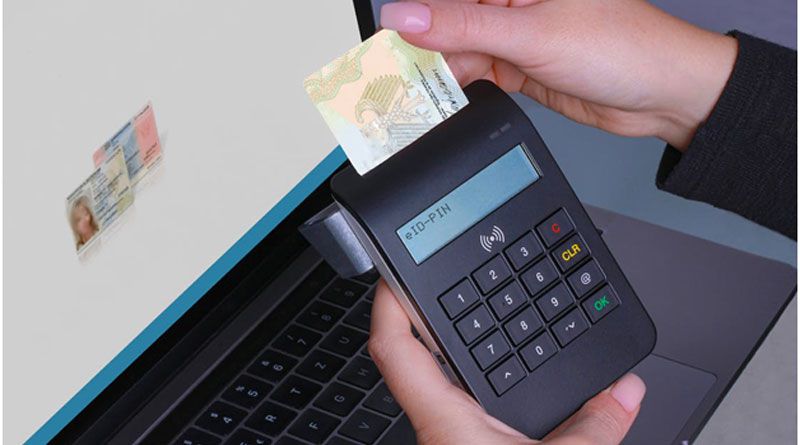Looking to print ID cards? If so, you’d want to make sure that you’re investing in a good quality ID card printer.
With the proper ID card printer, you’ll not only be able to print high-quality cards that are durable and long-lasting, but you can also print them for a wide array of cards – whether that be customer loyalty cards, cards for the government, education and more.
Here’s a few things you’d need to consider when purchasing an ID card printer.
1. The printer’s technology
When it comes to the technology of the printer, there’s two that you can choose from – direct-to-card (DTC) or reverse transfer.
With DTC, it uses a dye-sublimation process that’s not just effective, but it also produces images that are detailed. Perhaps the only issue with DTC is that you’ll be able to see a small white border when it’s printing to the edges.
Reverse transfer uses a similar technology but you won’t have to worry about the white border around the cards. It’s also great if you’re printing on uneven surfaces and it doesn’t require clear films or ribbons. This process, however, is slower.
2. Single or double-sided printing
With this, you’d need to think about whether or not you’re happy to print one side of the card at a time, or you’d want to print both sides at once. Double-sided printing is especially useful if you’re printing ID cards with photo identification on one side and a bar code on the other.
3. Customisation
You’ll also need to consider customisation options – such as whether or not your ID cards need to be printed in colour. If you do need colour, for example, you’d need to invest in colour ribbons.

4. Encoding
If
you need the ID cards to be secure, encoding is a feature for you to consider.
One of the most common methods of encoding is magnetic stripes. While they’re
simple, they’re also not the most durable and long-lasting.
Another method to consider is to use smart cards instead. Not only are they
durable and long-lasting, but they’re also reliable. Since there are contacts
on the cards, it’s also easier for you to perform a wide array of actions with
the card.
5. Software and connectivity
One of the most common forms of connectivity is with a USB 2.0. While it works well, there are limitations with its network capabilities. With ethernet, you’ll be able to have access to multiple printers and it’s much more convenient. The final and most efficient connectivity option is using Wi-Fi or wireless connectivity.
With software, it’s important that you’re finding software that you can rely on to ensure that the information of the ID cards that you’re printing are both organised and secure. There are also some software options out there that come with additional security and customisations.
Choosing the best ID card printer for you
There are many different types of ID card printers out there, and the most important thing is to select an ID card printer that suits your business or organisation. While basic models are great if you’re looking to print a few ID cards, you should consider investing in an advanced model if you’re looking for something to print larger quantities.

Namaste UI collaborates closely with clients to develop tailored guest posting strategies that align with their unique goals and target audiences. Their commitment to delivering high-quality, niche-specific content ensures that each guest post not only meets but exceeds the expectations of both clients and the hosting platforms. Connect with us on social media for the latest updates on guest posting trends, outreach strategies, and digital marketing tips. For any types of guest posting services, contact us on info[at]namasteui.com.

